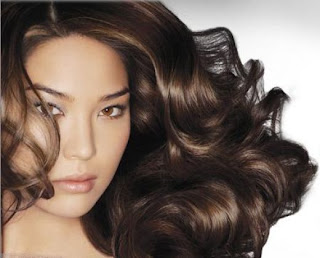
Despite the realtively pleasant weather during the weekend, the summer seems to be taking its toll on Delhiites as complaints of severe headache, high fever, vomiting and dehydration have started flooding city's hospitals.
The Out Patient Departments (OPD) of major hospitals are getting large number of patients who are suffering from typhoid, diarrhoea and jaundice which the doctors say are getting aggravated due to heat. 20-30 cases a day "We are getting several patients in the OPD everyday who are suffering from headache, high fever, vomiting and dehydration problems. Also, 20- 30 cases of diarrhoea and three to five cases of jaundice are reported on daily basis," said Dr Sandeep Budhiraja, Head of Department, Internal Medicine at Max Healthcare.
The scene is similar in other hospitals too. "Four to five people come to our OPD daily complaining of high fever, headache and vomiting due to the heat," said Dr Viver Nangia, Head of Department, Infectious and Pulmonary Disease, Fortis Healthcare.
The high temperatures have left a lot of Delhiites high and dry as they are forced to stay indoors to avoid heat strokes. "It's unbelievably hot during the day. So we are forced to stay indoors to avoid heat strokes. There is no shopping, no outing. Summer is so dull," said Anjana Basao, a first year Delhi University student.
Read More
The Out Patient Departments (OPD) of major hospitals are getting large number of patients who are suffering from typhoid, diarrhoea and jaundice which the doctors say are getting aggravated due to heat. 20-30 cases a day "We are getting several patients in the OPD everyday who are suffering from headache, high fever, vomiting and dehydration problems. Also, 20- 30 cases of diarrhoea and three to five cases of jaundice are reported on daily basis," said Dr Sandeep Budhiraja, Head of Department, Internal Medicine at Max Healthcare.
The scene is similar in other hospitals too. "Four to five people come to our OPD daily complaining of high fever, headache and vomiting due to the heat," said Dr Viver Nangia, Head of Department, Infectious and Pulmonary Disease, Fortis Healthcare.
The high temperatures have left a lot of Delhiites high and dry as they are forced to stay indoors to avoid heat strokes. "It's unbelievably hot during the day. So we are forced to stay indoors to avoid heat strokes. There is no shopping, no outing. Summer is so dull," said Anjana Basao, a first year Delhi University student.
Read More

















